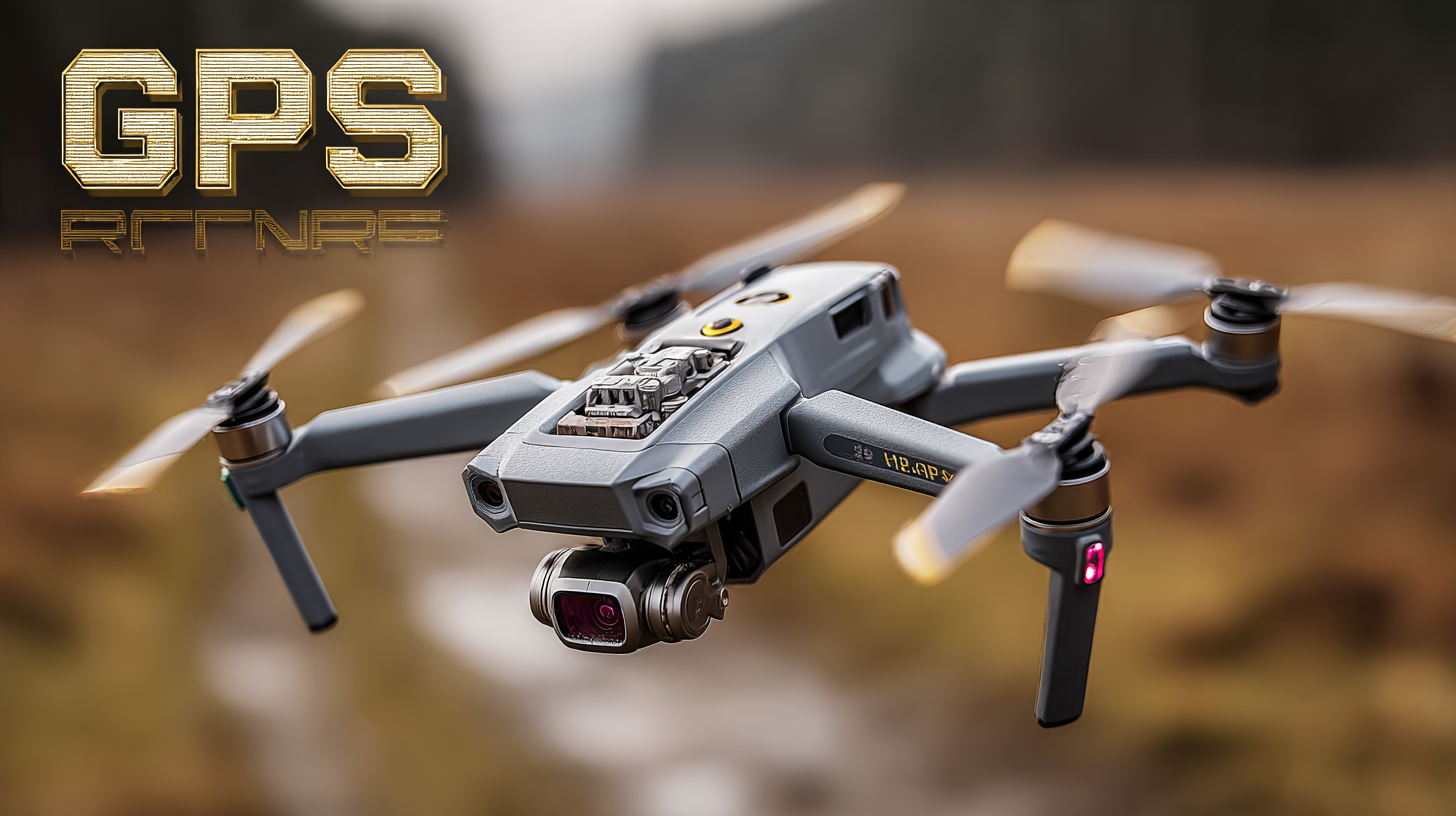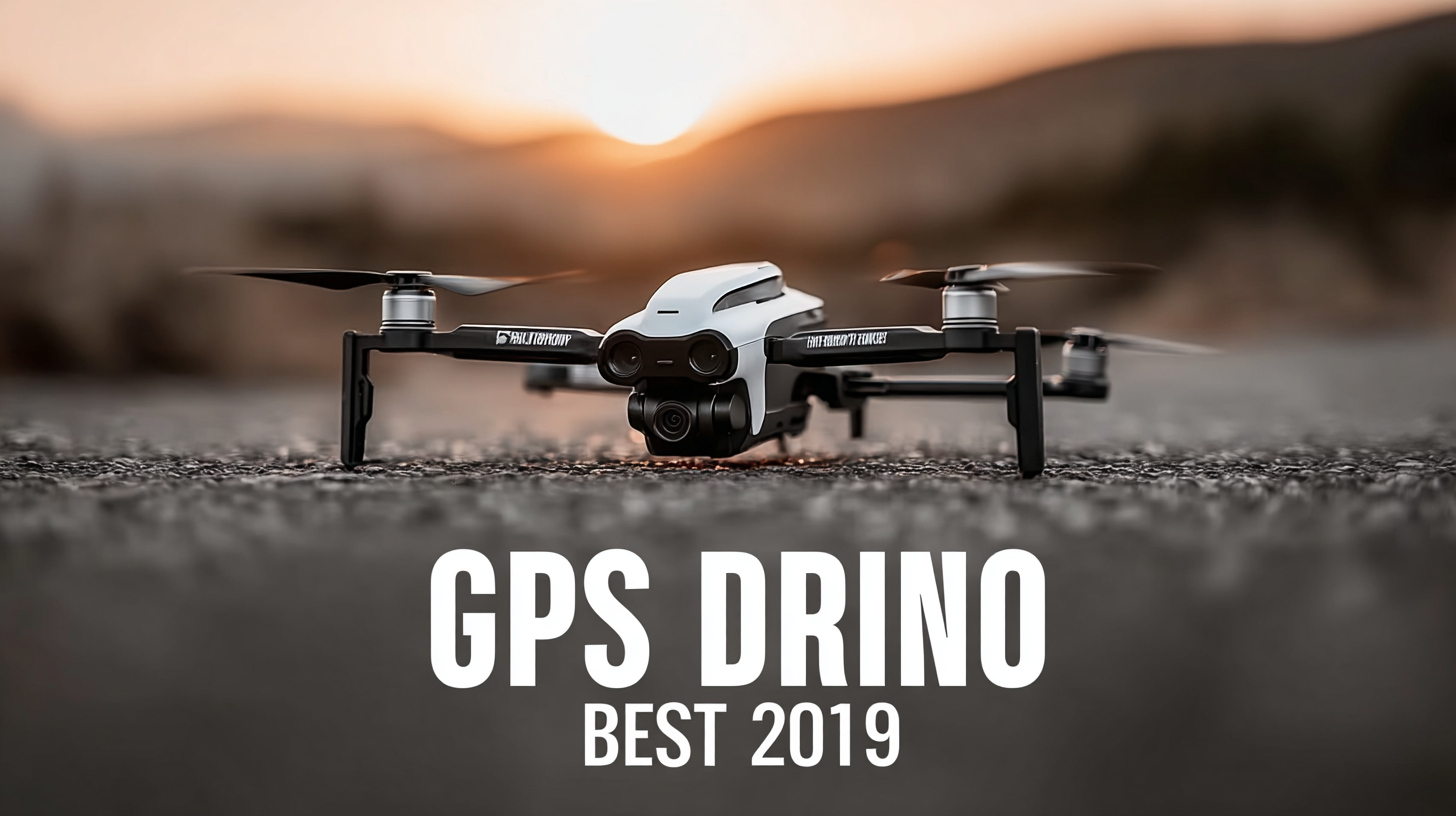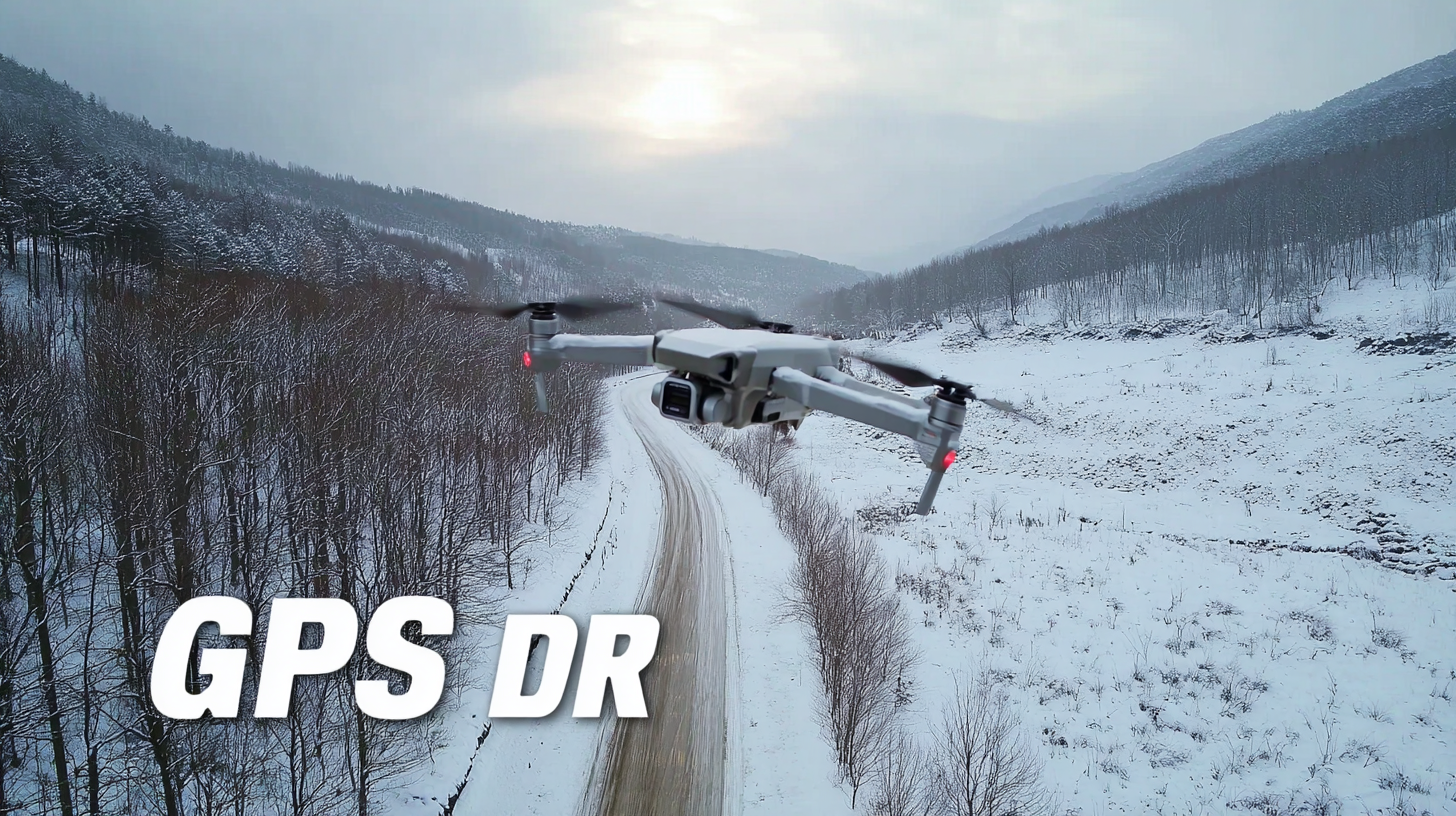
Exploring Best GPS RC Drones Features Applications and How to Choose the Right One for Your Needs
The advent of GPS RC drones has revolutionized various industries, providing advanced capabilities that enhance efficiency and effectiveness across applications such as aerial photography, agriculture, real estate, and surveillance. According to a report by Research and Markets, the global drone market is projected to reach $42.8 billion by 2025, with a significant portion attributed to the growing demand for GPS-enabled models. These drones are equipped with sophisticated GPS technology that enables precise navigation, automated flight patterns, and robust data collection.

As users seek to leverage these benefits, understanding the features that differentiate GPS RC drones becomes essential in making informed choices. In this blog, we will explore the key features, applications, and considerations to help you select the right GPS RC drone tailored to your specific needs.
Understanding GPS Technology in RC Drones for Precision Flying
Understanding GPS technology in RC drones is paramount for enthusiasts and professionals aiming for precision flying. GPS, or Global Positioning System, allows drones to determine their exact position on Earth by communicating with a network of satellites. This technology enables features such as waypoint navigation, automatic return-to-home, and geofencing, enhancing both safety and usability. According to a report by DroneAnalyst, nearly 64% of drone users categorize GPS capability as a critical feature when selecting a drone, highlighting its significance in ensuring reliable flight experiences.
Furthermore, advancements in GPS technology have led to more sophisticated applications in various sectors. The incorporation of dual GPS systems in high-end drones has shown improvements in accuracy, with positioning errors reduced to as low as 1 meter. This precision is essential for aerial photography, agriculture, and surveying, where small discrepancies can impact outcomes significantly. Research from Statista indicates that the global market for GPS-enabled drones is expected to grow by approximately 14% annually, driven by the increasing demand for precise navigation and control in both commercial and recreational arenas. As users explore different models, understanding the capabilities and advantages of GPS technology will be crucial in selecting the right drone to meet their specific needs.
Key Features of GPS RC Drones: What to Look For Before Buying
When considering the purchase of a GPS RC drone, it’s essential to prioritize specific features that cater to both novice and experienced pilots. Key aspects to look for include GPS stabilization, which offers enhanced location tracking and stability during flight. Drones equipped with this feature can autonomously return to their take-off point, reducing the risk of loss and making them ideal for beginners. Additionally, safety features like altitude hold function and emergency stop options are crucial for ensuring a smooth flying experience and preventing accidents.
Another important consideration is camera quality, particularly if aerial photography is a goal. Many models now come with HD cameras that capture stunning visuals, appealing to both casual enthusiasts and serious hobbyists. Recent market analyses reveal that drones with integrated cameras are among the top sellers, with demand for high-quality imaging capabilities contributing to a projected growth rate of over 13.5% in the drone industry by 2026. Budget is also a vital factor; options are available across various price ranges, allowing buyers to find a drone that meets their needs without exceeding their financial limits. As the market evolves, understanding these key features will empower consumers to make informed decisions tailored to their specific requirements.
Exploring Best GPS RC Drones Features Applications and How to Choose the Right One for Your Needs
| Feature | Description | Importance | Typical Range |
|---|---|---|---|
| GPS Accuracy | Determines how accurately the drone can navigate. | High | 5-10 meters |
| Flight Time | Duration the drone can fly on a single charge. | Medium | 20-30 minutes |
| Camera Quality | Resolution and functionality of the onboard camera. | High | 4K/1080P |
| Control Range | Maximum distance the drone can be controlled from. | High | 1-5 km |
| Return-to-Home Function | Automatic return feature if connection is lost. | High | N/A |
| Obstacle Avoidance | Sensors that detect and avoid obstacles. | Medium | N/A |
| Price Range | Price affiliated with the performance and features of the drone. | Medium | $100 - $1500 |
Top Applications of GPS RC Drones in Various Industries
In recent years, GPS RC drones have found diverse applications across various industries, significantly enhancing operational efficiency and accuracy. The agriculture sector, in particular, has seen a substantial growth in the use of drones. The agriculture drone market is projected to reach a notable size, with expectations of robust growth driven by advances in both hardware and software solutions. By 2032, it is estimated that the market for agricultural drones will experience a significant expansion, reflecting the increasing adoption of precision farming techniques.
 Moreover, the construction and medical industries are experiencing transformative changes thanks to drone technology. Drones are being utilized for monitoring infrastructures like bridges and buildings, enabling timely maintenance and ensuring safety standards. In the medical field, the ability to quickly deliver supplies and equipment via drones has proved vital, especially in remote areas. Reports indicate that, as of 2023, the global drone market is dominated by civilian applications, accounting for approximately 76% of the market share, underscoring the critical role of GPS RC drones in modern industry.
Moreover, the construction and medical industries are experiencing transformative changes thanks to drone technology. Drones are being utilized for monitoring infrastructures like bridges and buildings, enabling timely maintenance and ensuring safety standards. In the medical field, the ability to quickly deliver supplies and equipment via drones has proved vital, especially in remote areas. Reports indicate that, as of 2023, the global drone market is dominated by civilian applications, accounting for approximately 76% of the market share, underscoring the critical role of GPS RC drones in modern industry.
As the technology advances, the demand for drone data analytics is also on the rise, with an anticipated compound annual growth rate of about 25% from 2024 to 2032. This trend highlights the importance of precise data collection and analysis, which is crucial for various sectors aiming to optimize operational efficiencies and drive innovations.
How to Select the Perfect GPS RC Drone for Your Specific Needs
When selecting the perfect GPS RC drone, it’s essential to align your choice with your specific needs. Begin by identifying the primary purpose of your drone use—whether it’s for aerial photography, surveying, or recreational flying. Aerial photographers may prioritize drones with high-resolution cameras and stability features, whereas those interested in surveying will benefit from drones equipped with advanced mapping capabilities. Understanding these distinct requirements will help narrow down your options significantly.
Another important factor to consider is the drone’s range, battery life, and ease of use. If you plan to fly over vast areas, a drone with an extended range and longer battery life will be more suitable. Also, consider the user interface; some drones come with advanced features that might be overwhelming for beginners. Opting for a model with user-friendly controls and ample tutorials can significantly enhance your flying experience. Taking the time to assess these criteria will ensure that you select a GPS RC drone that perfectly fits your needs and maximizes your enjoyment and productivity.

The Rise of Chinese-Made GPS RC Drones: Quality and Export Excellence
The rise of Chinese-made GPS RC drones has significantly impacted the global market, showcasing impressive technological advancements and cost-effectiveness that attract various sectors, from hobbyists to commercial applications. However, recent reports revealing the underperformance of certain Chinese weapons systems, particularly in military operations, have sparked a debate regarding the reliability and quality of these products. As countries like India ramp up their defense exports and focus on strengthening local manufacturing, the juxtaposition of quality versus affordability in the drone market remains critical.
Despite these concerns, the demand for GPS RC drones continues to grow, particularly in industries such as agriculture, surveillance, and mapping. The ability to precisely navigate and perform autonomous tasks makes these drones indispensable tools. As consumers weigh their options, factors such as build quality, customer support, and after-sales service become increasingly important. While Chinese-made drones may offer competitive pricing, the emerging focus on quality and national security could lead to a shift in preferences towards domestically produced alternatives, prompting a re-evaluation of the best options available for specific needs.